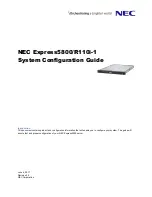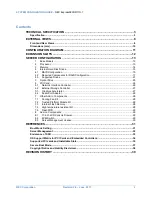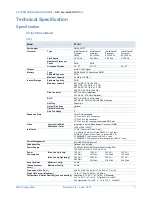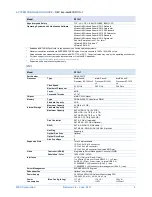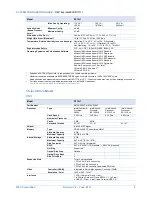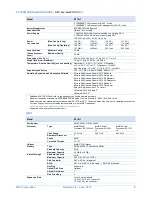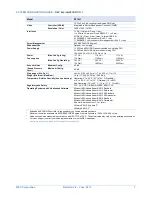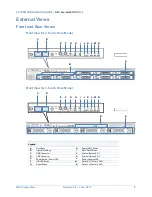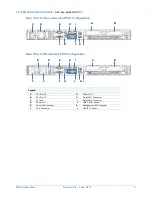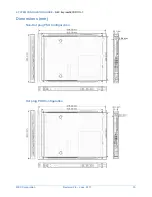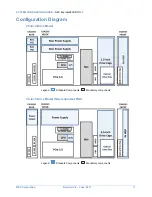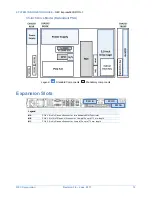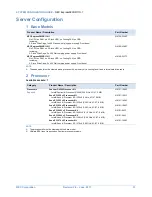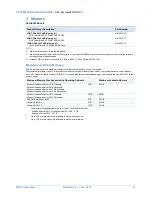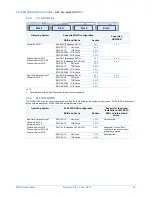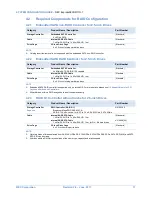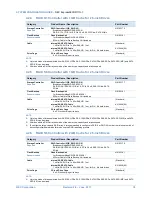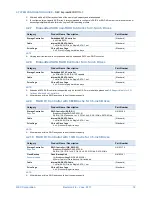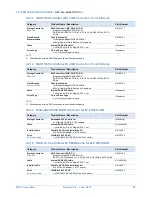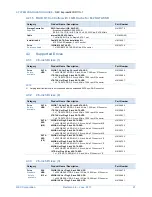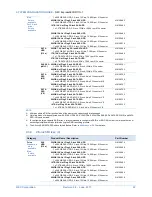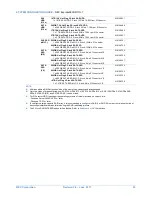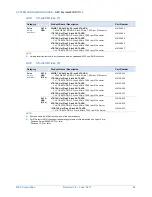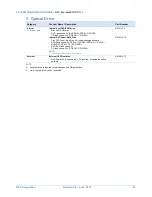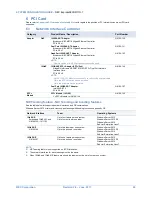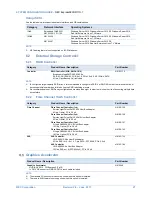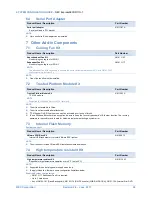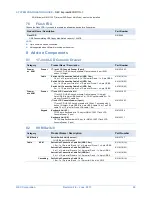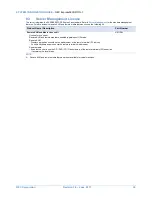
SYSTEM CONFIGRATION GUIDE
–
NEC Express5800/R110i-1
NEC Corporation
Revision 2.0
– June, 2017
15
4 Internal Hard Disk Drives
4.1
RAID Configuration
Refer to the section in accordance with your disk form factor and RAID configuration.
4.1.1
2.5-inch Drive
Operating System
Supported RAID configuration
Supported
HDD/SSD
RAID and Cache
Section
VMware ESXi 6.0
Non-RAID (Embedded SATA)
4.2.1
4.3.1
RAID 0/1/10 No Cache
4.2.3
4.3.3
RAID 0/1/10 1GB Cache
4.2.4
RAID 5/6/50/60 1GB Cache
4.2.5
RAID 5/6/50/60 2GB Cache
4.2.6
Windows Server 2012
Windows Server 2012 R2
Windows Server 2016
Non-RAID (Embedded SATA)
4.2.1
4.3.1
RAID 0/1 (Embedded SATA RAID)
4.2.2
4.3.2
RAID 0/1/10 No Cache
4.2.3
4.3.4
RAID 0/1/10 1GB Cache
4.2.4
RAID 5/6/50/60 1GB Cache
4.2.5
RAID 5/6/50/60 2GB Cache
4.2.6
Red Hat Enterprise Linux 7
VMware ESXi 6.5
Non-RAID (Embedded SATA)
4.2.1
4.3.1
RAID 0/1/10 No Cache
4.2.3
4.3.4
RAID 0/1/10 1GB Cache
4.2.4
RAID 5/6/50/60 1GB Cache
4.2.5
RAID 5/6/50/60 2GB Cache
4.2.6
NOTE:
Up to four drives can be installed when you choose the Embedded SATA non-RAID controller.
All drives within a RAID array should be of the same type, capacity and rotation speed.
Up to two kinds of drives selected from SAS 10K HDDs (512n), SAS 10K HDDs (512e), SAS 15K HDDs, SATA HDDs SAS
SSDs, SATA SSD (ME), and SATA SSD (VE) can be mixed.
To configure a large-capacity RAID array, it is recommended to configure in RAID 6 or RAID 60 in order to minimize the risk of
becoming multiple hard drives failure during the RAID rebuilding process.
Slot 2
Slot 3
Slot 4
Slot 5
Slot 6
Slot 7
Slot 0
Slot 1

